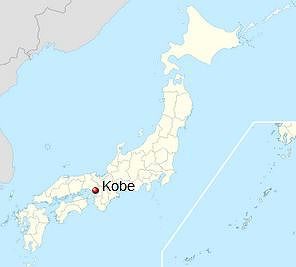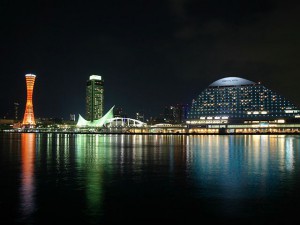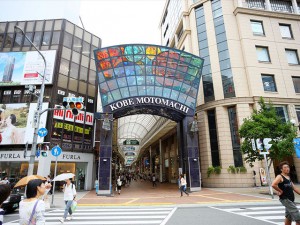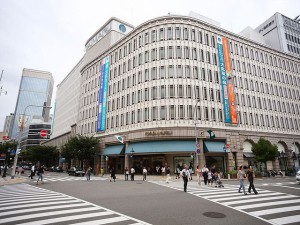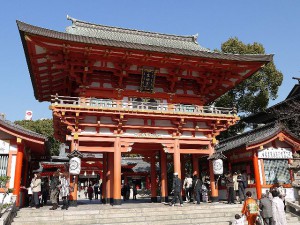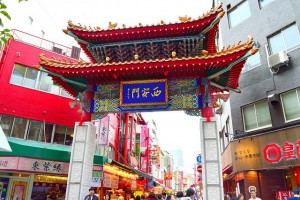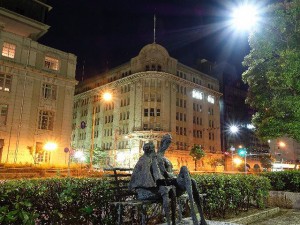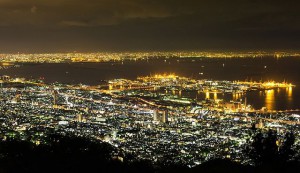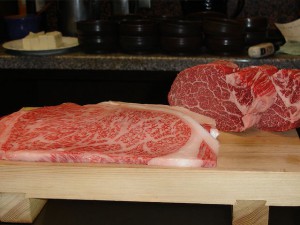Kobe City
Our company, Art Nomura (Nomura Bijutsu in Japanese), is in Kobe city.
Kobe (Japanese pronunciation: [koube]) is the sixth largest city in Japan and is the capital city of Hyōgo Prefecture on the southern side of the main island of Honshū, approximately 30 km west of Osaka on the north shore of Osaka Bay. With a population of about 1.5 million, the city is part of the Kyoto-Osaka-Kobe metropolitan area along with Osaka and Kyoto.
Kobe is an international city with a beautiful urban landscape surrounded by mountains and the sea. Kobe is highly esteemed as a town that is easy to live in for its non-Japanese residents. The city has a long history as a port town where various cultures have come together to create a rich international flavor. Due to Kobe’s wide range of industries and outstanding business environment, many foreign-affiliated companies are located here. The beautiful natural surroundings and sophisticated townscape are also very attractive.
Located near at the center of the Japanese archipelago on the Seto Inland Sea, Kobe has developed along with the opening of the Port of Kobe in 1868. A Foreign Settlement that formed near the port became the doorway by which foreign cultures entered Japan. This settlement also played an important role in bringing a stylish and modern atmosphere to the entire city.
At the same time, various industries began taking shape at the Kobe Port. Western consumer goods and foods, as well as heavy industries, such as shipbuilding, appeared, spurring on the local economy.
Kobe is one of the biggest tourist destinations in Japan, with 18,490,000 visitors (as of 2011) annually. There are many attractive sightseeing spots in the city. Mt. Rokko is covered with magnificent greenery. The Suma coast is great for sun bathing. The port is ideal for boating. Arima Hot Springs is famed for its natural hot springs. The Old Foreign Settlement and Harbor Land are amazing shopping areas. Various events are held in Kobe throughout the year including the fabulous Kobe Luminarie that lights up the street with illuminated arches as far as the eye can see, the Kobe Festival that includes a parade through the entire town, and the Chinese New Year Festival held in Chinatown.
- Kobe City
- Kobe Port
- Kobe Shopping Street
- Daimaru Kobe Department Store
- Ikuta-jinja Shrine
- Kobe Nankin-machi (The Chinese Quarter)
- Mitsui O.S.K. Lines Building
- The Night View of Kobe
- Kobe Luminarie
- Kobe Beef

